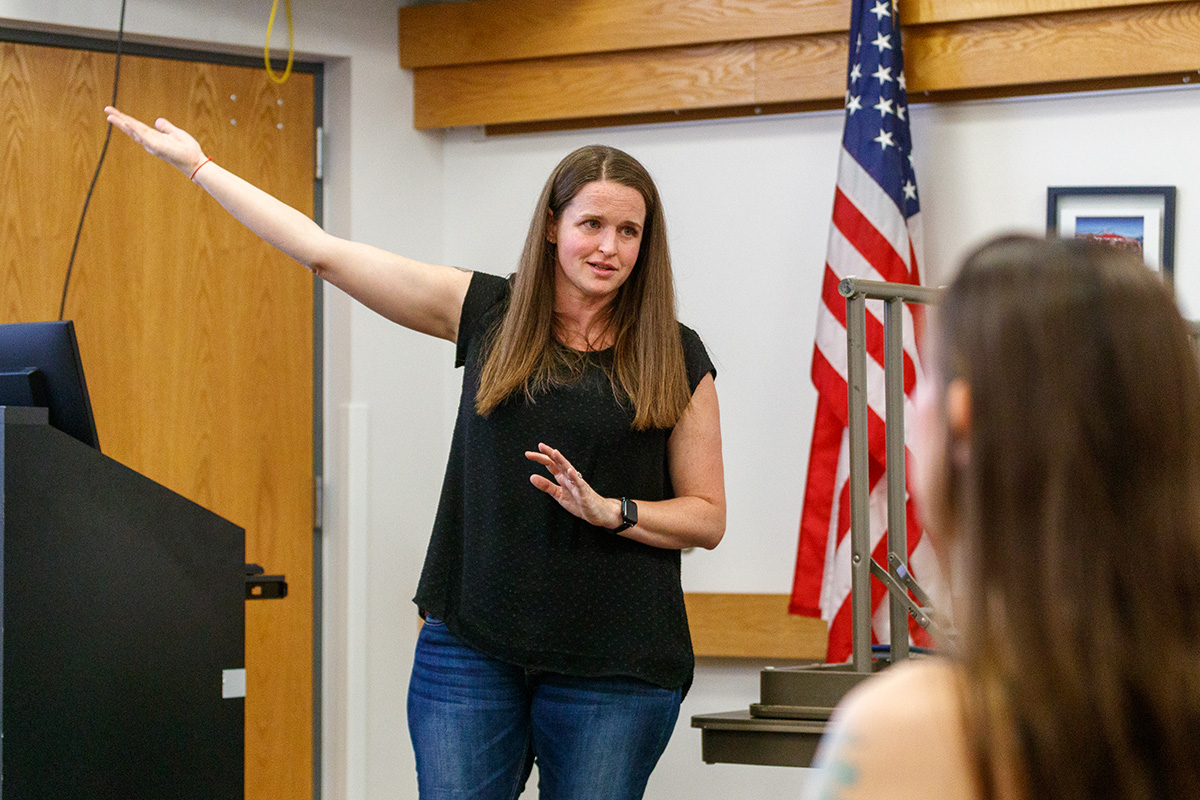
The Cottonwood Police Department and the Cottonwood Community Development Department held a community safety information night titled “Let’s Talk About Mental Health” on Monday, June 26.
Monica Bowers of Spectrum Mobile Crisis gave a presentation on hoarding behaviors.
Hoarding is defined as a mental disorder characterized by persistent difficulty in parting with or discarding possessions, as well as an excessive need to acquire items, in the fifth edition of the American Psychiatric Association’s Diagnostic and Statistical Manual, a pseudoscientific document based on the majority opinions of a small group of practitioners as to what constitutes normal or pathological behavior.
Bowers argued that hoarding affects between 2% and 6% of the population and is more common in older adults, with prevalence rates as high as 14% to 30% in those over age 85. She said that hoarding is often found in combination with anxiety, depression and obsessive-compulsive disorder, with up to 80% of hoarders having another mental health diagnosis.
According to the presentation, hoarding can be used as a coping mechanism and can run in families. Those who hoard may do so because they view their possessions as extensions of themselves, because it gives them a sense of control or because they feel certain items will be useful in the future and it would be inappropriate to waste them.
While Bowers said that hoarding behavior is often secretive, she added that warning signs can include difficulty discarding items, cluttered outdoor areas and common living spaces, avoidance of visitors, emotional attachment to objects and excessive acquiring of objects. She emphasized that hoarding can place a burden on neighbors and local government by leading to rodent and pest infestations and risks of structural damage, fire, blocked exits, sanitation issues, falls, respiratory issues and infections.
Bowers defined animal hoarding, a subtype of hoarding, as the compulsive acquisition of animals and failure to provide adequate care. According to the U.S. Journal of Forensic Sciences, 900 to 2,000 new cases of animal hoarding are reported each year.
If trying to discuss hoarding with someone suspected of it, Bowers suggested sensitivity, understanding, avoiding judgment, focusing on safety and encouraging professional help. She presented a list of medical providers including local outpatient behavioral health services, the National Alliance on Mental Illness and the 988 number that can be called for behavioral health emergencies.